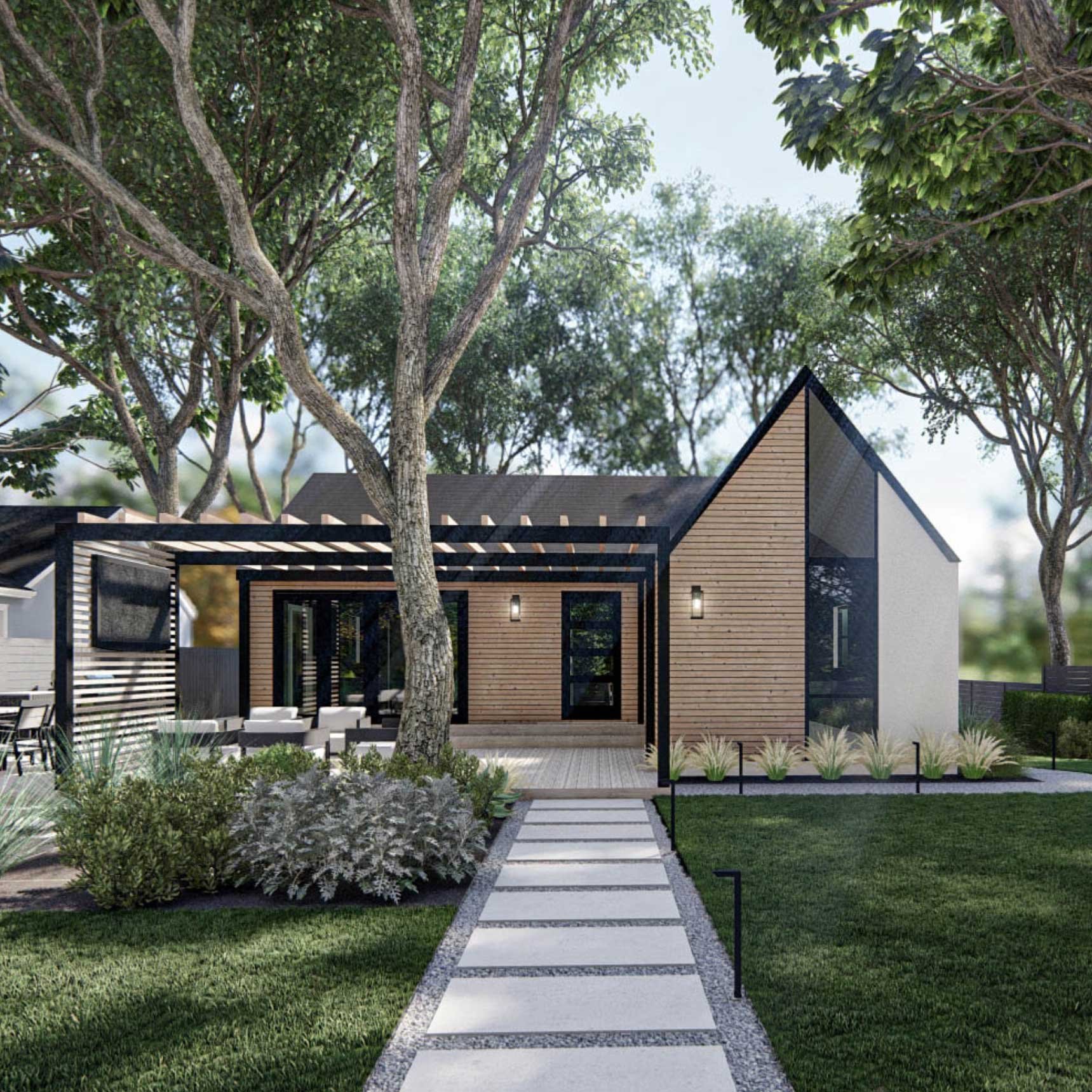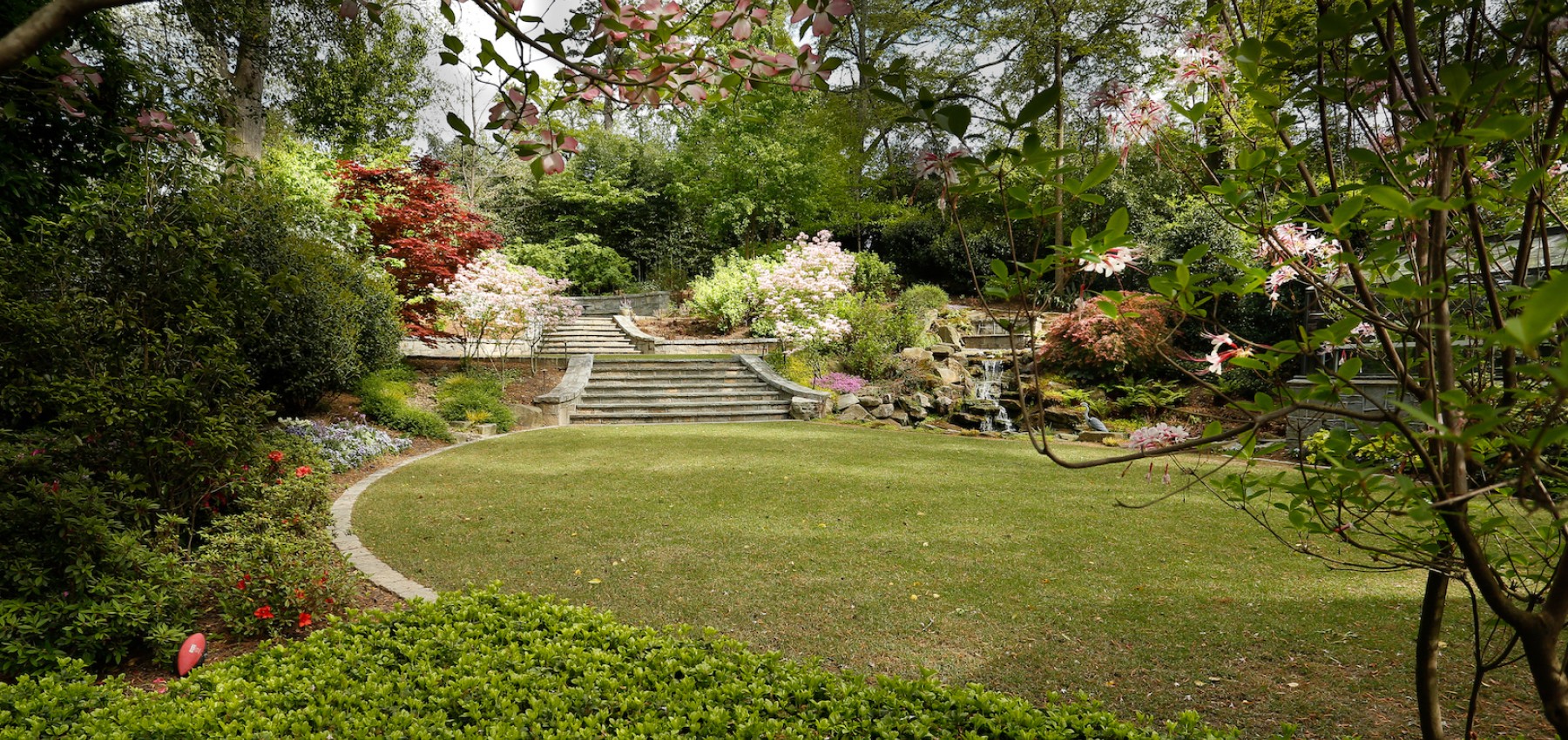Not known Incorrect Statements About Landscapers
Not known Incorrect Statements About Landscapers
Blog Article
Facts About Landscapers Uncovered
Table of ContentsThe Definitive Guide for Landscapers3 Easy Facts About Landscapers ShownNot known Incorrect Statements About Landscapers All about LandscapersFacts About Landscapers Uncovered3 Easy Facts About Landscapers Shown
- A yard function where water is represented by an accumulated rock item, usually a gravel or granite.- A rock or natural flagstone outdoor patio, path, or sidewalk developed without a concrete base.- A stone preserving or complimentary standing wall built without the usage of mortar. - An underground framework that collect water and allows it to reduce percolate into the dirt around it.
Landscape design that is compatible with a sites' setting in both look and sustainability without negative influences to the atmosphere. Bordering in the landscape is a line of separation that creates visual interest in the garden by dividing one segment from one more sector.
Locations can also have a feeling of "room" given by trees, other growings, fences, or screens. The landscape near the access to a structure.
The Only Guide for Landscapers

The aspect in a landscape layout or area in a landscape that is suggested to be most prominent. The focal factor can be a plant, stone, sculpture, collecting area, or various other landscape feature.

The Ultimate Guide To Landscapers
Reduced plants that are enabled or encouraged to spread over an area. Can refer to any "difficult" yard components including statuary or boulders but the majority of generally is utilized to refer to courses, patio areas, and walls - Landscapers.: Elevation distinction between the degree of water in a pond (or the level of the pump if it sits outside the pond) and the top outlet of water which affects performance of the water pump in gph (gallons per hour).
Fencing boards that run flat, commonly utilized in modern or Japanese-inspired landscape designs. Appropriate use of imaginary lines can assist the landscape feel connected to the home and other aspects.
A more unwinded garden controlled by curved rather than straight bed lines and a much less rigid structure. Conventional PNW landscapes are informal. A plant that spreads out more than desired, or right into habitats where it does damage. Rose city has a list of intrusive plants that must not be installed in landscapes since they can infect content woodlands or waterways and be hard to manage.
What Does Landscapers Do?
Can consist of head placements and coverage, pipe sizing, GPM specifications, and products needed to mount this system. Accredited specialist who creates landscapes, schooled in engineering and style as well as in horticulture.
The specialist that plans and develops landscape jobs, usually at a residential or small industrial level with the major design impetus on plantings. Landscape designers generally have less schooling than Landscape Architects and are not accredited. A completed landscape layout, describing all elements for the new landscape. This normally takes the kind of an illustration on paper.
Calcium material utilized to raise the pH in dirt, which will certainly make it much less hospitable to moss (Landscapers). A water limited HDPE product used below ponds, streams and waterfalls in water features. Making use of numerous growings of the exact same range to fill out a location in the landscape. This can decrease maintenance and water usage in the garden.
A mix of cement, sand, and water that is utilized in stone stonework for establishing rocks and joints. A layer of garden compost or bark dirt used at the base of a plant. A mass growing of moss. A plant that existed in a geographic location prior to individuals began altering the landscape.
See This Report about Landscapers
How the garden or a yard aspect is set up in connection to an existing or new feature or to a direction. Keeping a grass without the usage of chemical herbicides, chemicals, or fertilizers. Grasses that are not trimmed yet expanded try here in landscapes as perennials. This is a partly open sided leisure or entertainment location that adjoins a home, utilized for amusing, outdoor eating and merely appreciating the outdoor environment.

Plants that give seasonal rate of interest and after that die back in the winter. Cold period redirected here yard that is the most common turf yard in Rose city, OR and the rest of the PNW.An open roofed framework over a patio area or various other landscape feature.
The most usual landscape gravel in the PNW. Area of the landscape developed to deal with rain water until it can soak right into the ground.
Framework made from wood, concrete, paving stones, bricks or other materials for stabilizing slopes and avoiding extreme erosion. Narrow watercourse. Developing a yard attribute consisting largely of stones with plantings that match and can prosper in the rough atmosphere. Sprinkler head style that turns a stream of water across an area.
The 2-Minute Rule for Landscapers

Report this page